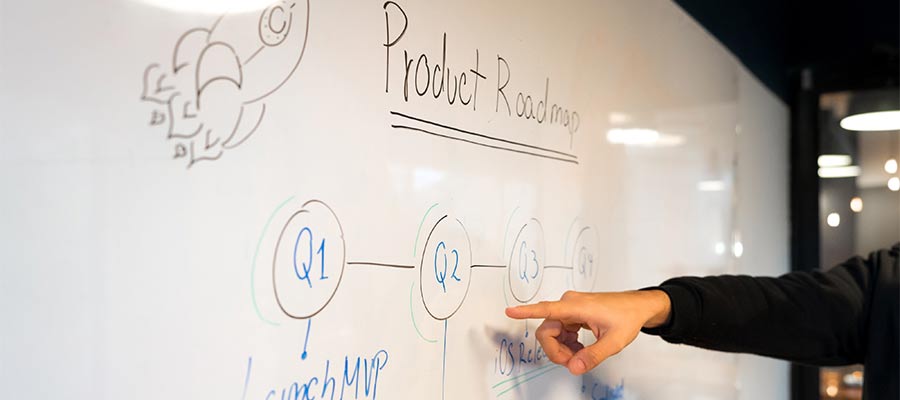There are a lot of misconceptions about web design. And clients may not realize how much work goes into building a great website. Thus, they may ask for features without understanding the requirements. Not to mention the associated costs.
Redesigns are among the toughest concepts for clients to grasp. They may believe a website redesign is an easy process (“All of the content is already there, isn’t it?”). That leads to lofty expectations and small budgets.
That’s not how things work, though. A successful redesign requires both resources and commitment. Everyone needs to be on the same page, so to speak.
That’s why our ability to educate clients is key. Helping them understand what’s involved ensures a better outcome.
So, what should clients know about website redesigns? Let’s look at some of the most important concepts.
A Website Redesign Needs a Defined Purpose
A successful redesign needs a purpose. Sometimes your client will be able to define one. But it’s more likely that you’ll have to help them figure things out. It starts with asking questions. The more specific the answers, the better you can bring their vision to life.
For example, an eCommerce site may be looking to increase sales. A local plumber will want to boost leads. A non-profit needs to recruit volunteers and donors.
A client’s guidance is a necessary ingredient in this process. They can help us formulate a plan for success.
Still, clients can be a bit vague in their purpose. They may have found a WordPress theme that they like more than their current one. Or perhaps they’re simply tired of looking at the same home page day after day.
Yes, the look is important. But that should be a byproduct of a measurable goal. Data will help you get the most out of a redesign. Otherwise, we’re implementing change for its own sake.

Content and Code Often Need Refactored
A redesign is more than adding a fresh look. Virtually every component of the existing website may be impacted.
Content is front and center in this process. Typography is likely to be tweaked. The site’s layout can also move the project’s defined purpose forward.
A client may point out that the content is “already there.” But that doesn’t lessen the workload. There may still be significant changes in store.
A similar process goes on with a site’s code. This applies to websites using a content management system (CMS) like WordPress.
The existing website might rely on outdated plugins. And it may not be compatible with the latest version of PHP. Plus, there are often new features to implement. Some may have to be built from scratch.
Sometimes a redesign can be more difficult than building a brand-new website. Refactoring the existing pieces is a challenge. It takes a careful and detailed approach. Once again, there is a cost associated with this.

Accessibility and Mobile Should Be Priorities
The web moves quickly. Thus, even a recently-built website may be lacking when it comes to accessibility and mobile compatibility.
Both items are crucial. Mobile usage of the web is growing. Plus, new devices and their oddball viewports require testing. A redesign must take this into account.
Accessibility is also a concern. It’s both a moral and legal obligation. It must be baked in from the beginning.
Neither of these areas is difficult to fix. But they are time-consuming. And they require some tough decisions to be made.
Clients need to understand their importance and the challenges they bring. Leaving either item out isn’t an option.
The Results Are Based on What You Put Into the Project
A successful redesign requires a commitment from stakeholders. There must be a clear purpose. Not to mention an understanding of the process.
There are a lot of details involved. Some things might be on a need-to-know basis. But the concepts mentioned above are vital. Clients should be engaged and willing to listen.
Still, this isn’t common knowledge. It’s up to us to act as guides. When clients know what’s involved, they will be better able to justify the cost.
They may also realize that the process comes with unique challenges. That results in a better outcome for everyone.

 WordPress 3.0 “Thelonious” has now been officially released (as you may have noticed from the upgrade prompt at the top of your WP dashboard). I’ll be doing a couple of posts about the new features – in this one I’ll…
WordPress 3.0 “Thelonious” has now been officially released (as you may have noticed from the upgrade prompt at the top of your WP dashboard). I’ll be doing a couple of posts about the new features – in this one I’ll…